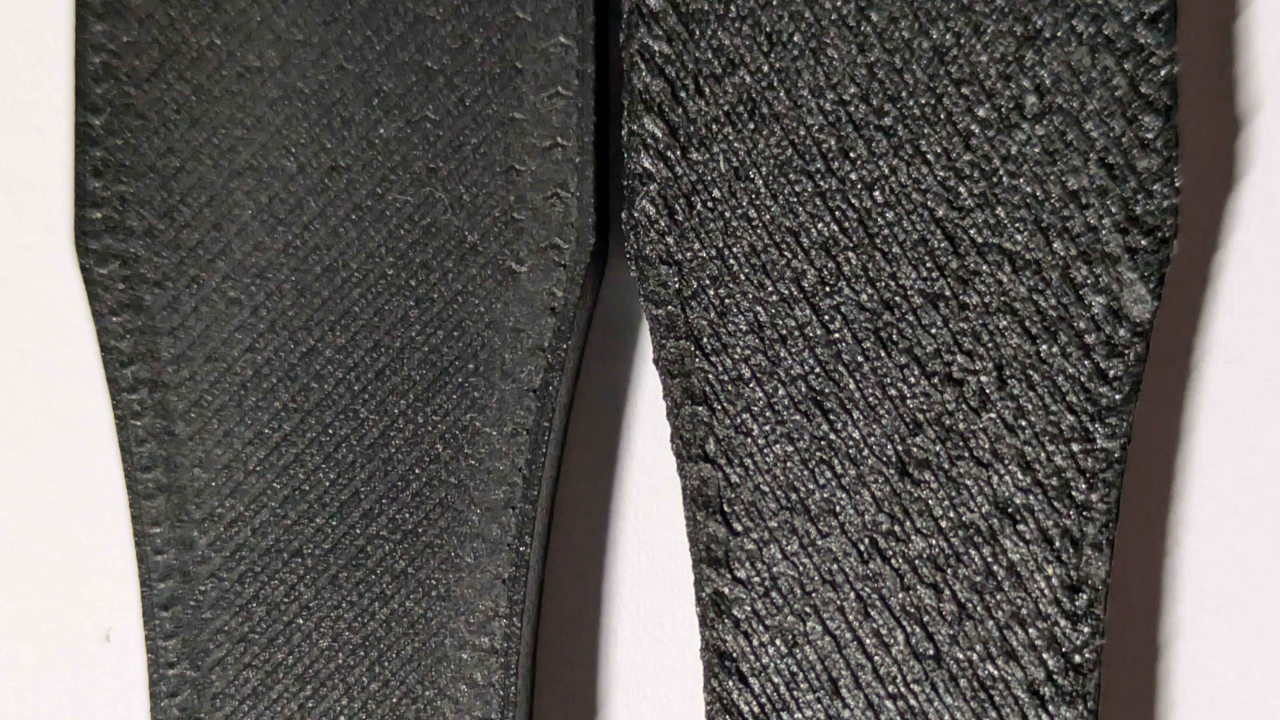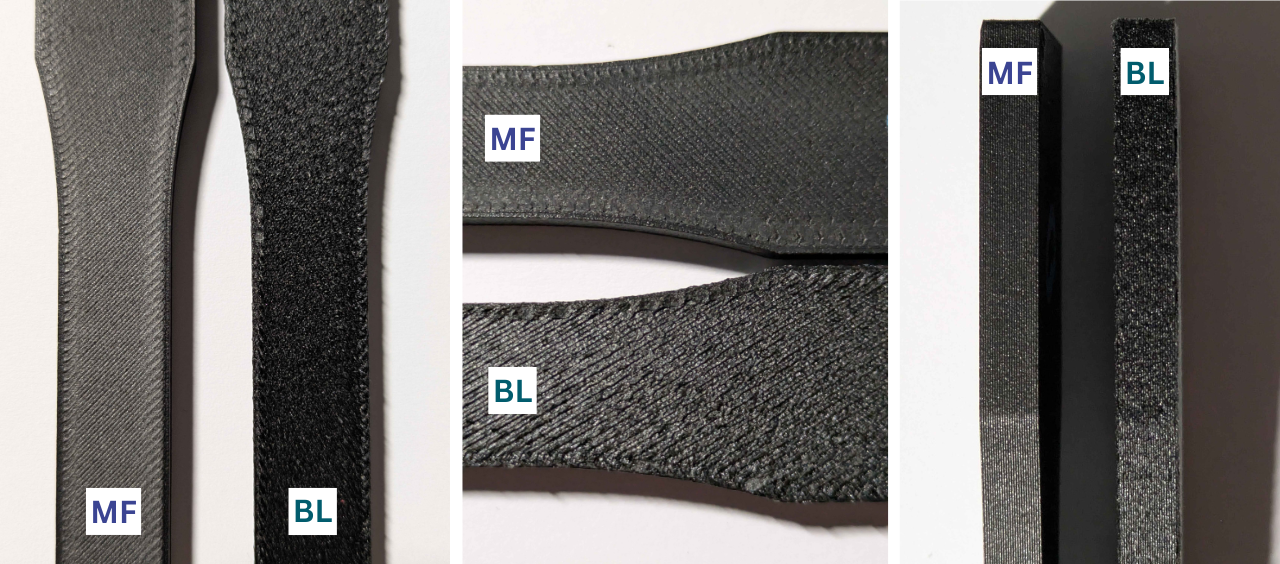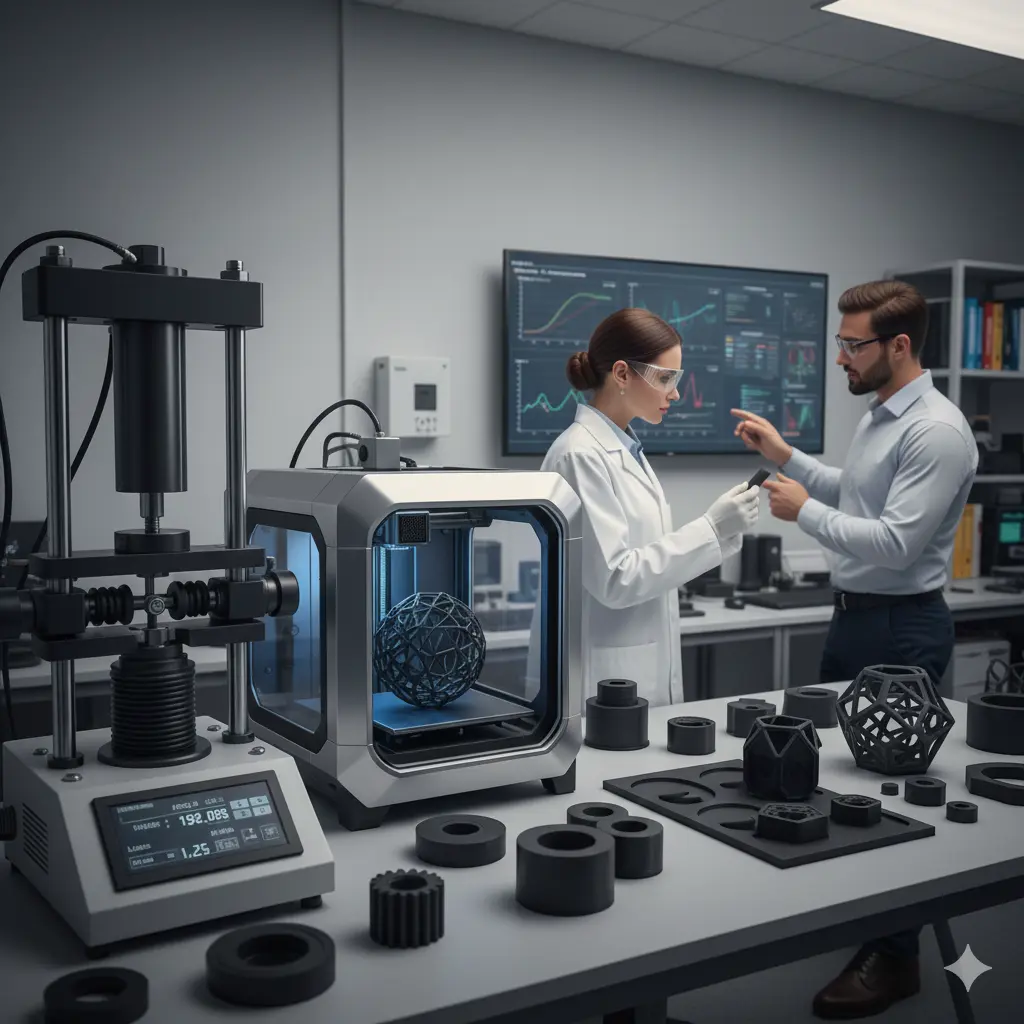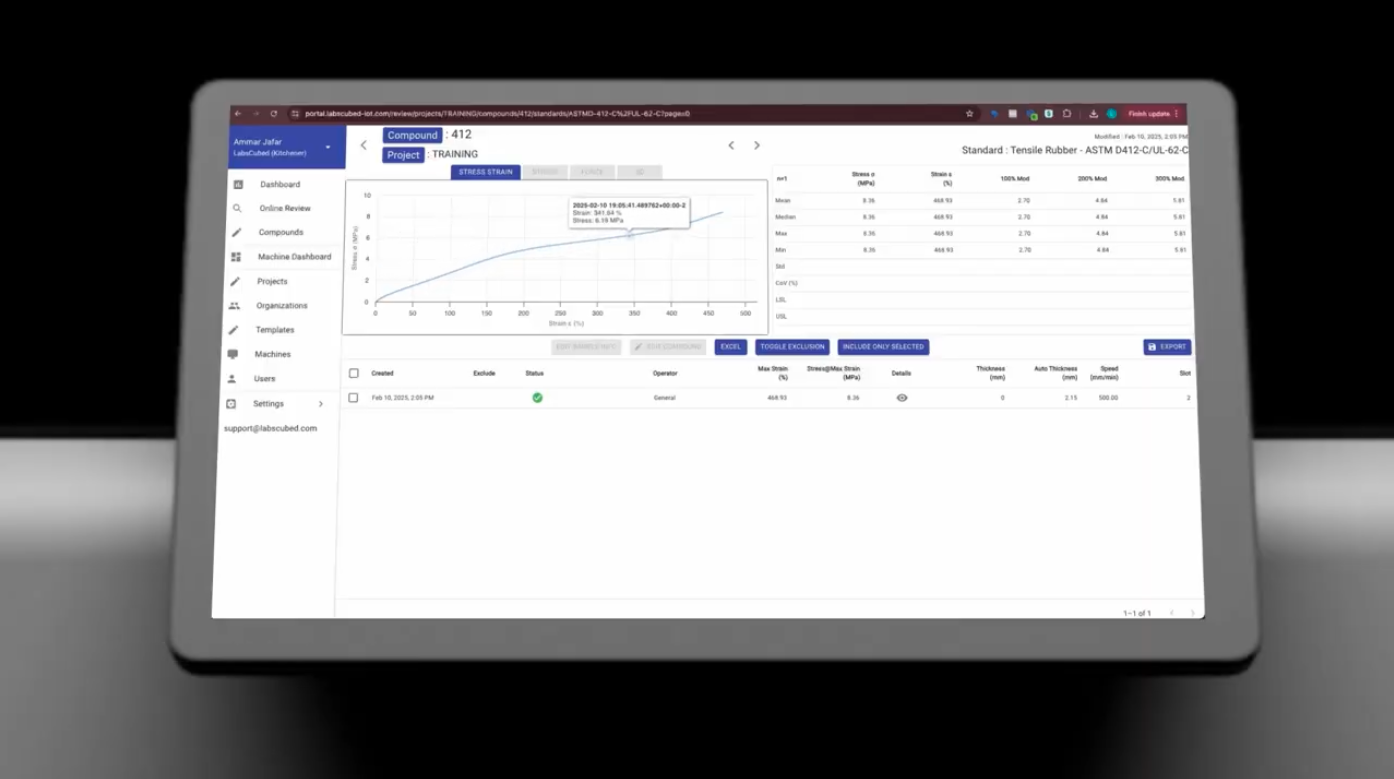How Temperature and Humidity Affects Tensile Strength in Plastics

Why Environment Matters for Your Materials
When a product is designed, materials are chosen carefully to perform under specific conditions. But what happens when those conditions change? For plastics, common factors like temperature and humidity aren't just minor details; they can significantly alter a material's strength and overall behavior. Understanding these environmental conditions is important for R&D managers and lab supervisors in plastics testing, as it directly impacts product reliability and safety. This article will explore how temperature and humidity influence tensile strength in both traditional and 3D printed plastics, and why controlling these factors is key to accurate material characterization.
Understanding Tensile Strength
Before diving into environmental effects, let's briefly recall tensile strength. It's a fundamental property measured by pulling a material until it breaks. The numbers tell us how much force a material can withstand (ultimate tensile strength) and how much it stretches (elongation) before failing. These values are critical for designing parts that won't break under expected loads. For a deep dive on this topic, visit our previous blog post: What is Tensile Testing & Why it Matters in Materials Labs.
The Impact of Temperature on Plastics
Temperature has a profound effect on material behavior, especially in plastics. Unlike metals, which melt at very high temperatures, plastics can soften or become brittle within their operational temperature ranges.
General Effects
- Heat: As temperature rises, plastics generally become softer, less stiff, and their tensile strength decreases. This is because the polymer chains gain more energy and move more freely. Many plastics have a glass transition temperature (Tg), above which they transform from a rigid, glassy state to a more rubbery, flexible state, drastically reducing their strength.
- Cold: Conversely, very low temperatures can make plastics more rigid and brittle. This increases their likelihood of fracturing suddenly under stress rather than deforming.
Specifics for Machined/Moulded Plastics
Traditional plastic parts, found in everything from car dashboards to electronic casings, are engineered to perform within specific temperature limits. For example, a car part exposed to summer heat must maintain its strength to prevent warping or failure. Engineers rely on plastics testing data at various temperatures to ensure these components remain functional and safe throughout their expected lifespan.
Specifics for 3D Printed Plastics
3D printed plastics can be even more sensitive to temperature. The layering process inherently creates areas of potential weakness (anisotropy). Temperature variations during printing can affect layer adhesion and internal stresses, impacting the final part's tensile strength. In service, a 3D printed part's layered structure might respond differently to heat compared to its moulded counterpart, potentially showing reduced strength sooner or in unexpected ways.
The Impact of Humidity on Plastics
Beyond temperature, humidity effects are another critical environmental factor, particularly for plastics that absorb moisture.
General Effects (Hydrophilic vs. Hydrophobic)
- Some plastics, known as hydrophilic materials (e.g., Nylon, ABS), readily absorb moisture from the air. This absorbed water acts as a "plasticizer," making the material softer, more ductile, and less stiff. While this can sometimes increase impact resistance, it often leads to a significant reduction in tensile strength and Young's Modulus.
- Other plastics are hydrophobic (e.g., Polypropylene, Polyethylene) and absorb very little moisture, making their properties less affected by humidity.
Specifics for Machined/Moulded Plastics
Moisture absorption is a major concern for parts used in damp environments, like water pipes, medical devices, or outdoor consumer goods. A component that performs well when dry might fail prematurely after absorbing moisture, highlighting the need for plastics testing under relevant humidity environmental conditions.
Specifics for 3D Printed Plastics
3D printed plastics, especially hygroscopic filaments (filaments that tend to absorb moisture from the air) like Nylon or PETG, are highly susceptible to moisture. Printing with wet filament can lead to poor print quality, bubbling, and weak layer adhesion, severely compromising the mechanical properties of the final part. Even after printing, the part continues to absorb moisture, leading to the same changes in tensile strength and stiffness observed in traditionally manufactured parts. For R&D managers overseeing additive manufacturing, proper filament storage and part conditioning are non-negotiable for reliable results.
Why Environmental Control Matters for Accurate Plastics Testing
Given these significant temperature effects and humidity effects, controlling environmental conditions during plastics testing is crucial for lab supervisors. Testing a material at a room temperature of 23°C (73°F) and 50% relative humidity (RH) as per many ASTM standards (e.g., ASTM D618 for conditioning plastics) provides a baseline, but understanding performance outside these conditions is often critical for real-world applications. Labs must use controlled environments/ environmental chambers and conditioning procedures to ensure test results truly reflect how a material will behave in its intended application, providing reliable data for material behavior prediction.
Case Study: The Hidden Impact of Moisture on 3D Printed Nylon CF
While absorbed moisture typically makes plastics softer and more ductile, the scenario for 3D printed hygroscopic materials can be more complex due to the printing process itself. Consider a case study comparing 3D printed Nylon Carbon Fiber (CF) samples from two different material brands, where moisture control was a key variable. Strength data reported below is from tensile samples following the ASTM D638 standard printing flat on the build plate (X0 Y0 Z0 orientation). Figure 1 shows these two samples side by side for a visual comparison of moisture effects.
- Markforged ONYX printed on the Markforged X7 System (properly dried & stored filament): These samples were printed with material that came guaranteed dried from the manufacturer and was stored immediately in a gasket sealed dry box upon opening and while printing to minimize moisture content. These tests revealed a Young's Modulus (YM) of 840 MPa. These samples also showed lower yield stress (7.03 MPa), ultimate stress (30.5 MPa), and fracture stress (27.1 MPa) compared to the Bambu Lab samples. Critically, they exhibited a significantly higher strain at break (0.370).
- Bambu Lab PA6-CF printed on the Bambu Lab X1C System (dried on the printer bed after opening & improperly stored filament): These samples were printed with filament not guaranteed dry from the manufacturer. Despite the user's attempt to dry it on the Bambu Lab X1C heated bed and store it in a dry box without a gasket seal during printing, it's likely this filament was not sufficiently dried or kept as dry as the Markforged material. Initial tensile tests showed a much higher apparent Young's Modulus (YM) of 4190 MPa. These samples also presented higher yield stress (46.1 MPa), ultimate stress (71.4 MPa), and fracture stress (70.8 MPa). However, they had a dramatically lower strain at break (0.0441).

In contrast, the properly dried material (Markforged ONYX), while exhibiting a lower Young's Modulus and lower initial stress values (meaning it's more flexible and less stiff initially), possesses a much more uniform and well-bonded internal structure. Its significantly higher strain at break indicates that the 3D printed sample underwent more deformation before breaking, unlike the improperly dried sample. This demonstrates its superior ductility and toughness, which are characteristic of a well-processed, properly dried material that can absorb more energy before breaking. This leads to better overall performance and reliability in real-world applications. This case starkly illustrates that even subtle moisture content in 3D printing filaments can dramatically alter the perceived and actual mechanical properties, emphasizing the importance of proper material handling.
Beyond moisture, print orientation among other process parameters can greatly influence the anisotropy of the 3D printed part, leading to significant variations in its final strength. Below, Table 1 compares the two filaments across three different print orientations: X0Y0Z0, X0Y30Z0, and X0Y60Z0. This data was collected using an MTS Criterion Model 43 50 kN system, a Universal Tensile Machine (UTS). LabsCubed automated tensile systems can help streamline this data collection process, particularly the CubeTen for plastics testing. To learn how your lab can save time with automation, visit our article Understanding the Numbers: Tensile Data Collection and Saving Time with Automation.
Table 1: Comparing tensile mechanical properties of Markforged Vs. Bambu Lab Nylon 6-CF 3D printed samples built in three different orientations

Beyond the Lab Bench: Ensuring Real-World Performance
The tensile strength of plastics is not a static property; it's profoundly influenced by environmental conditions like temperature and humidity. For R&D managers and lab supervisors, understanding these temperature effects and humidity effects is crucial for accurate plastics testing and predicting material behavior. Whether dealing with conventionally manufactured or 3D printed plastics, ignoring these factors can lead to unreliable data, product failures, and costly recalls. By diligently controlling testing environments and considering real-world conditions, material professionals can ensure their products meet the highest standards of performance and durability.


